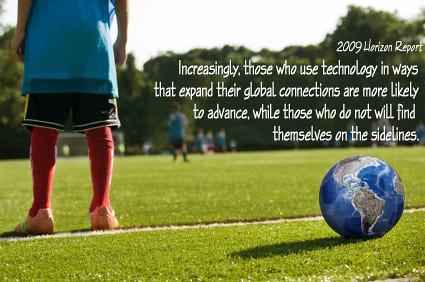Materials and presentation from my second session at #ILILC2 – Barça, Barça, Baaarça!
Barca – presentation
Barca handout – links to things mentioned in the above presentation and more!
comenius_spotlight_birmingham – information sheet from British Council on the project












